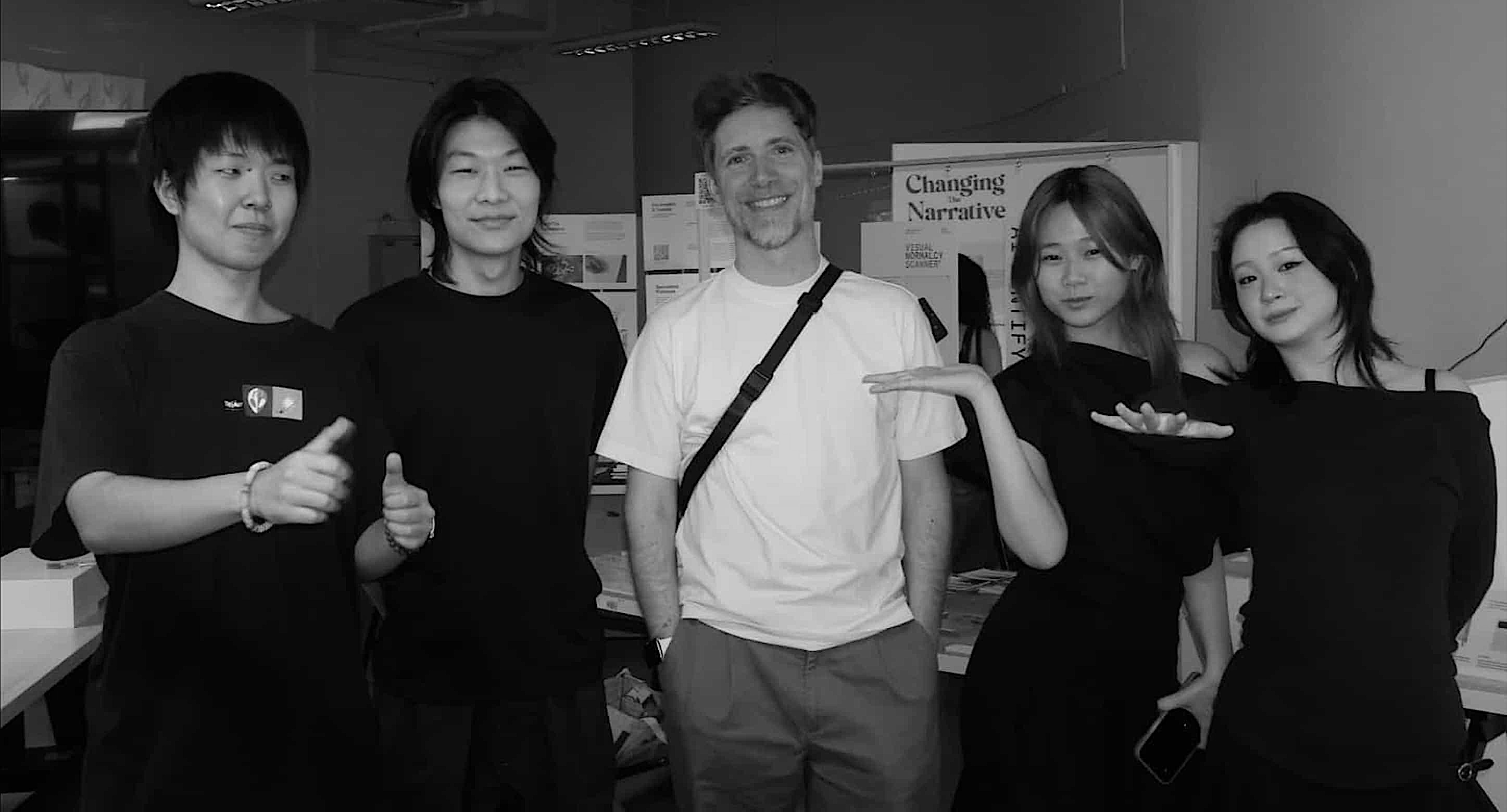
WEEK 12
OPEN STUDIOS
Video Documentation With User Interactions
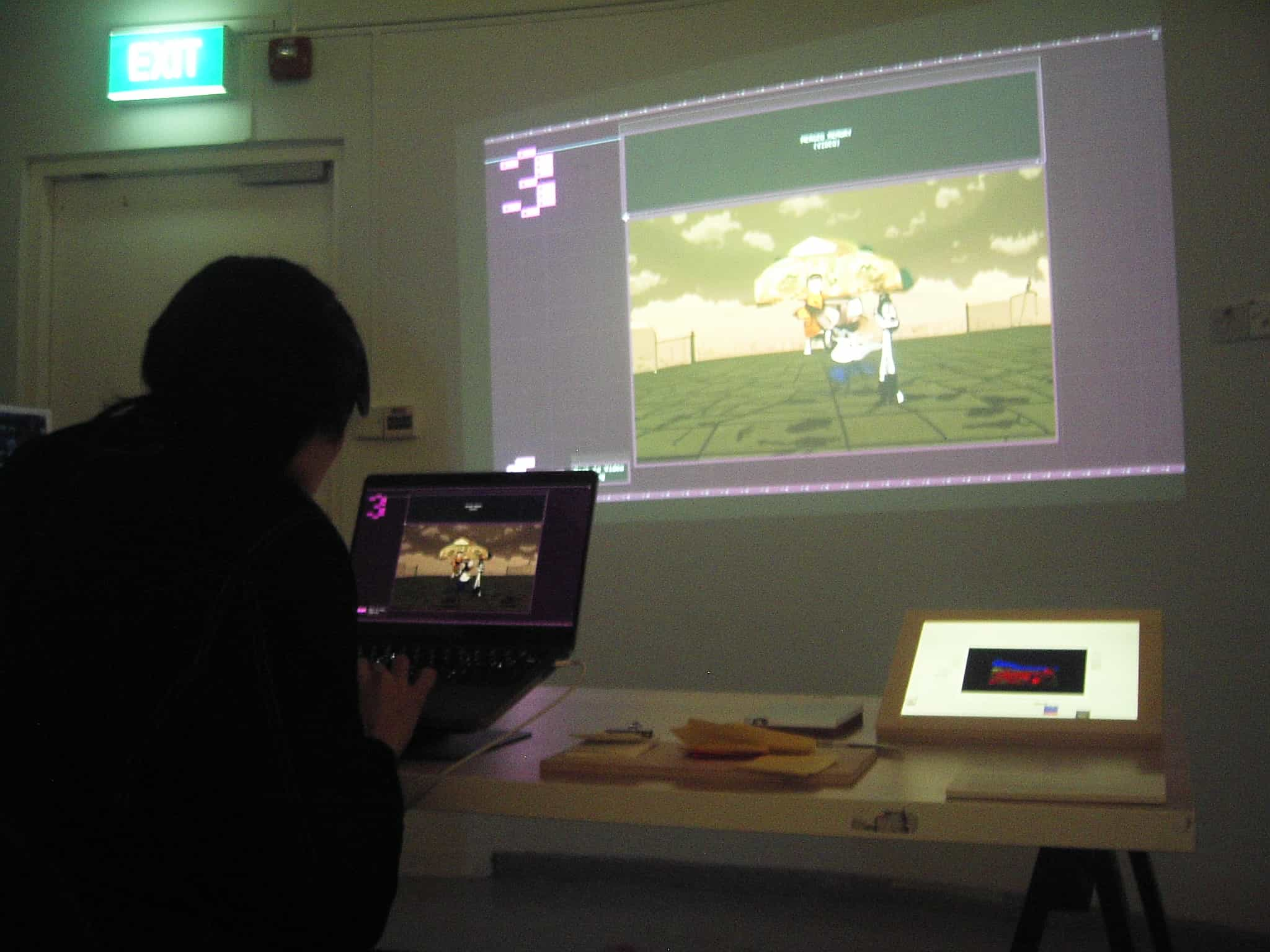
Documentation Pictures
Interface Interactions
Most people don’t really seem to understand whether the work is meant to be interactive—maybe they just skim past the descriptions, or perhaps they don’t read them at all. It’s also possible they’re simply hesitant because they don’t want to touch my laptop, as if there’s a barrier they’re unsure about crossing.
Even those who do engage often find the key arrows a bit confusing; without my guidance, they can easily get lost navigating the interface. And when it comes to inputting their “memories,” they rarely offer long, reflective responses—instead, they tend to share brief, fragmented words or thoughts that come to mind in the moment, like little flashes of something they can’t—or won’t—fully articulate.
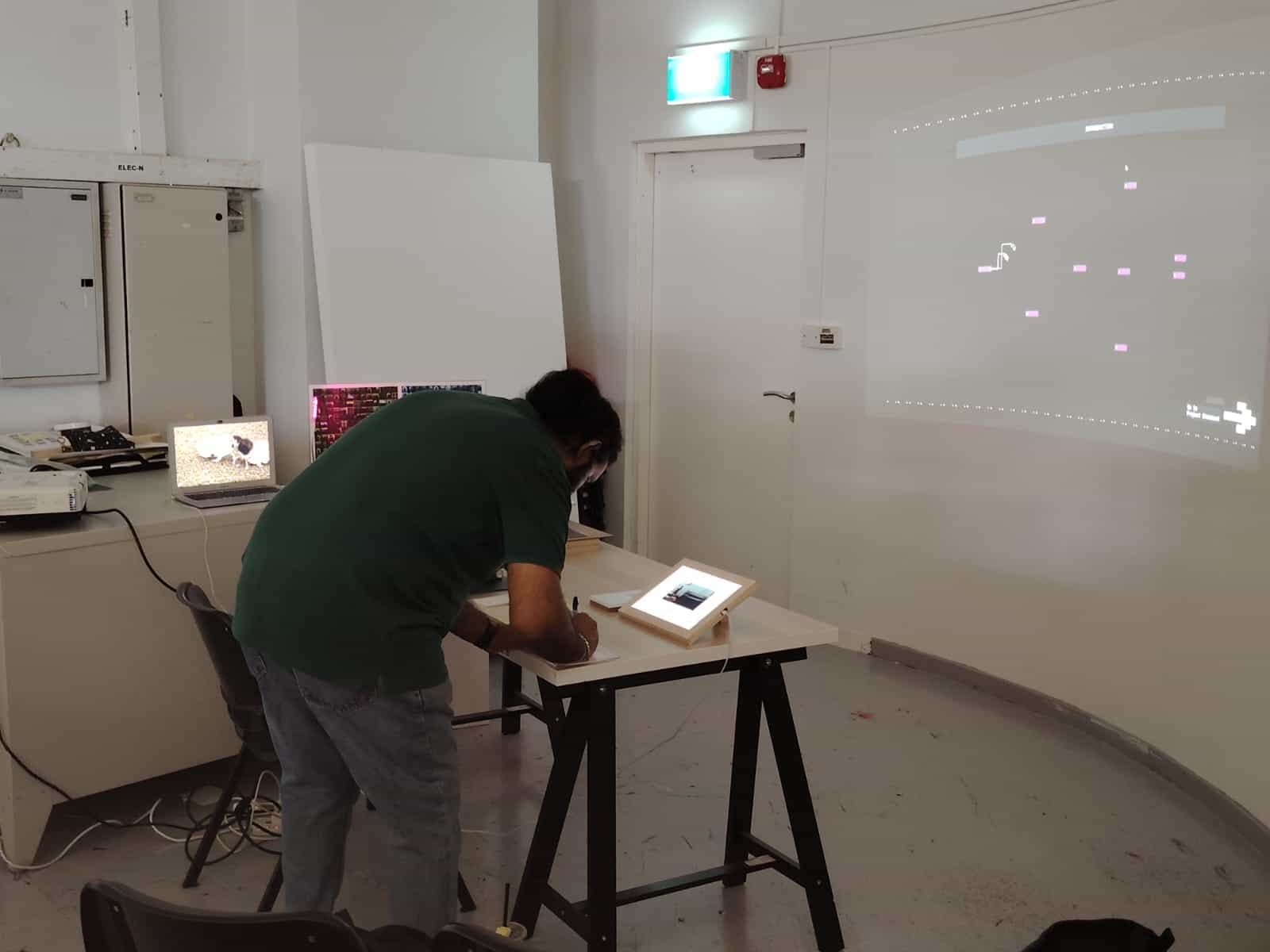
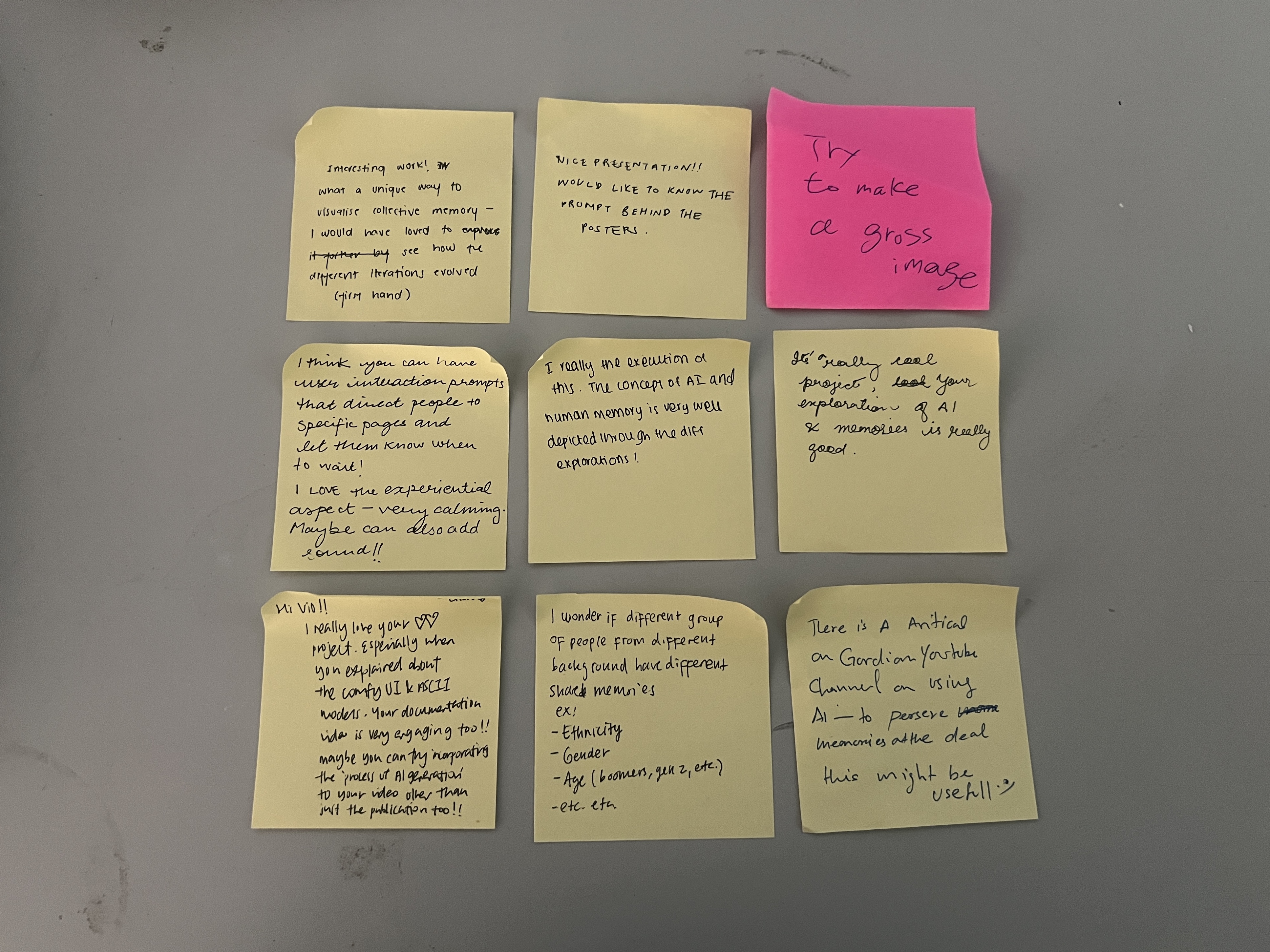
Notes left by visitors
Feedbacks
Most of the feedback I received focused primarily on the visual aspects of the interface, with people offering suggestions about what to include or how to improve its appearance. However, based on my own observations of how users engaged with it, the interface did not quite succeed in delivering the experience I had envisioned. That said, I was actually quite satisfied with the outputs that emerged. The “memories” generated within the structure of my own workflow felt meaningful and true to the concept I was exploring.
As I think about what to do next, I am leaning toward focusing on how to present these results and share the insights I gathered through observation. This might be the most effective way to communicate what my collective memory machine is capable of. During a feedback session, Aditi asked a question that stuck with me. She wanted to know how I could translate this process into a final outcome, and one of her suggestions aligned closely with an idea I had been considering. She mentioned the possibility of creating a website—something that changes each time someone visits, something alive in a way.
I am not entirely sure whether this approach is necessary to enhance the project, but it did get me thinking. One of the technical challenges I have been dealing with is the long queue time during the memory generation process. Displaying the outputs on an online platform might help solve that issue. I imagine a digital space that grows over time, collecting and layering these memories into a kind of evolving archive. A website that reflects the passing of time through the contributions of its visitors, carrying its own sense of history.
Documentation
Here are some documentation pictures that I took of my table set-up during Open Studios:
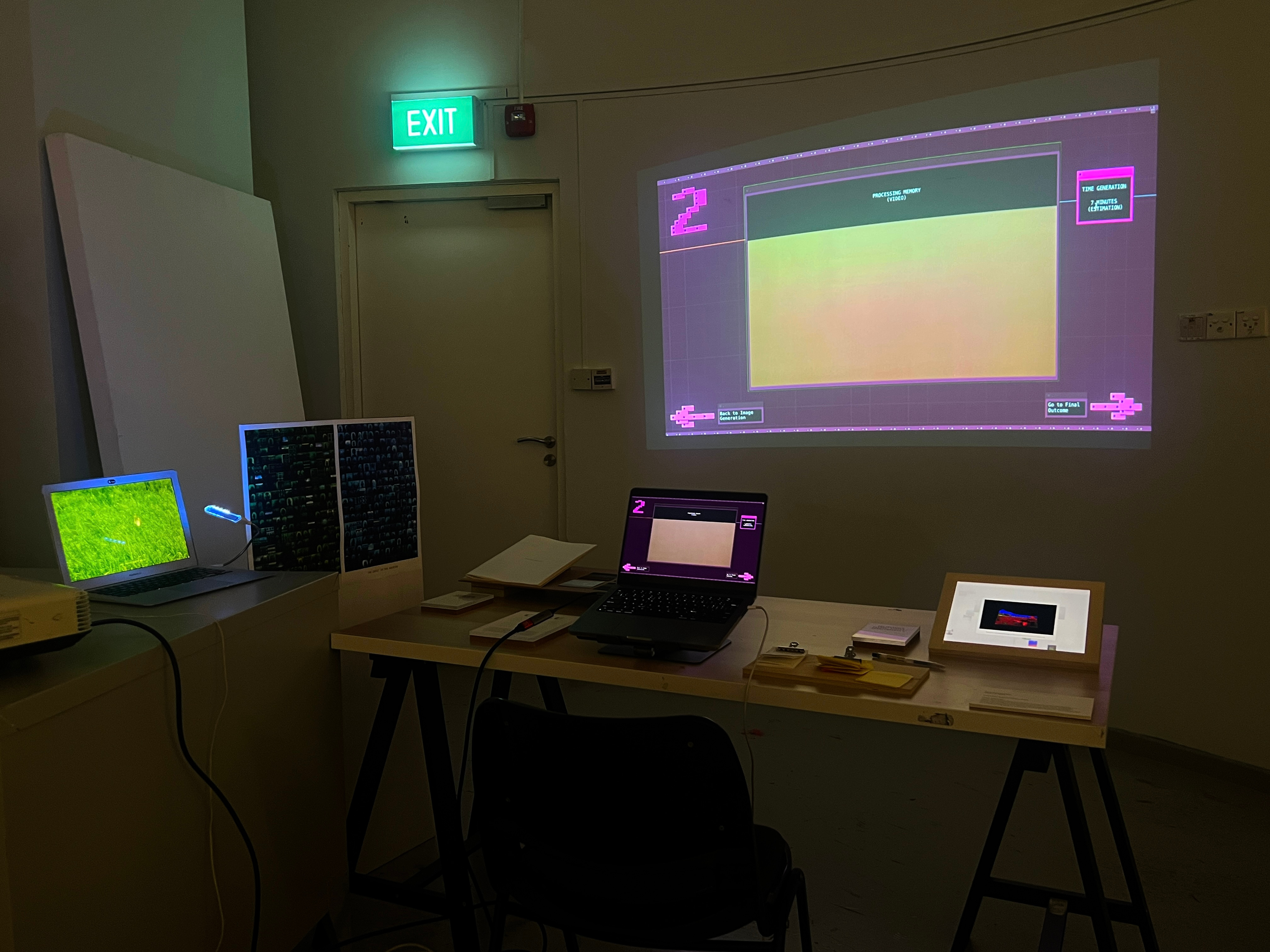
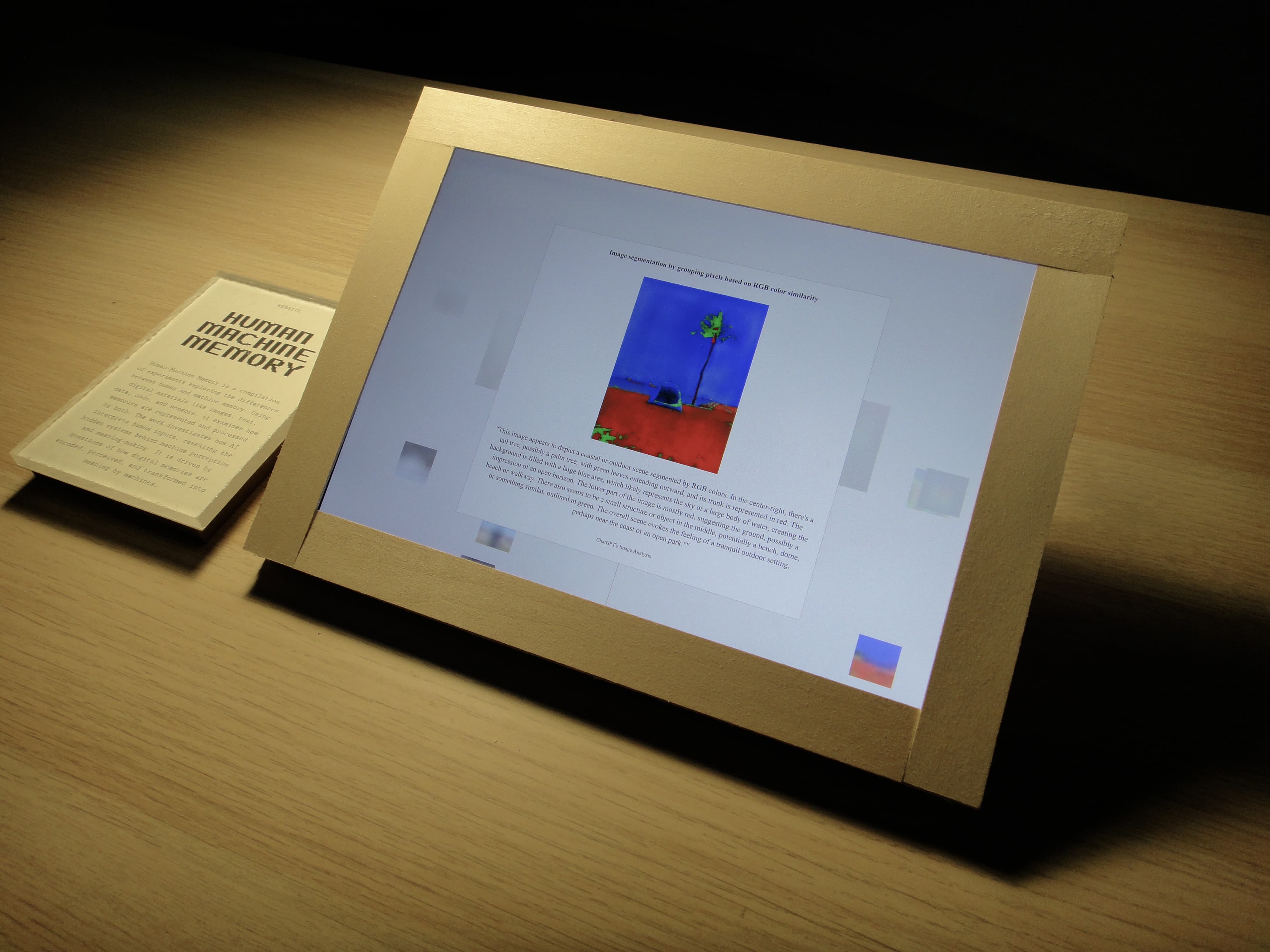
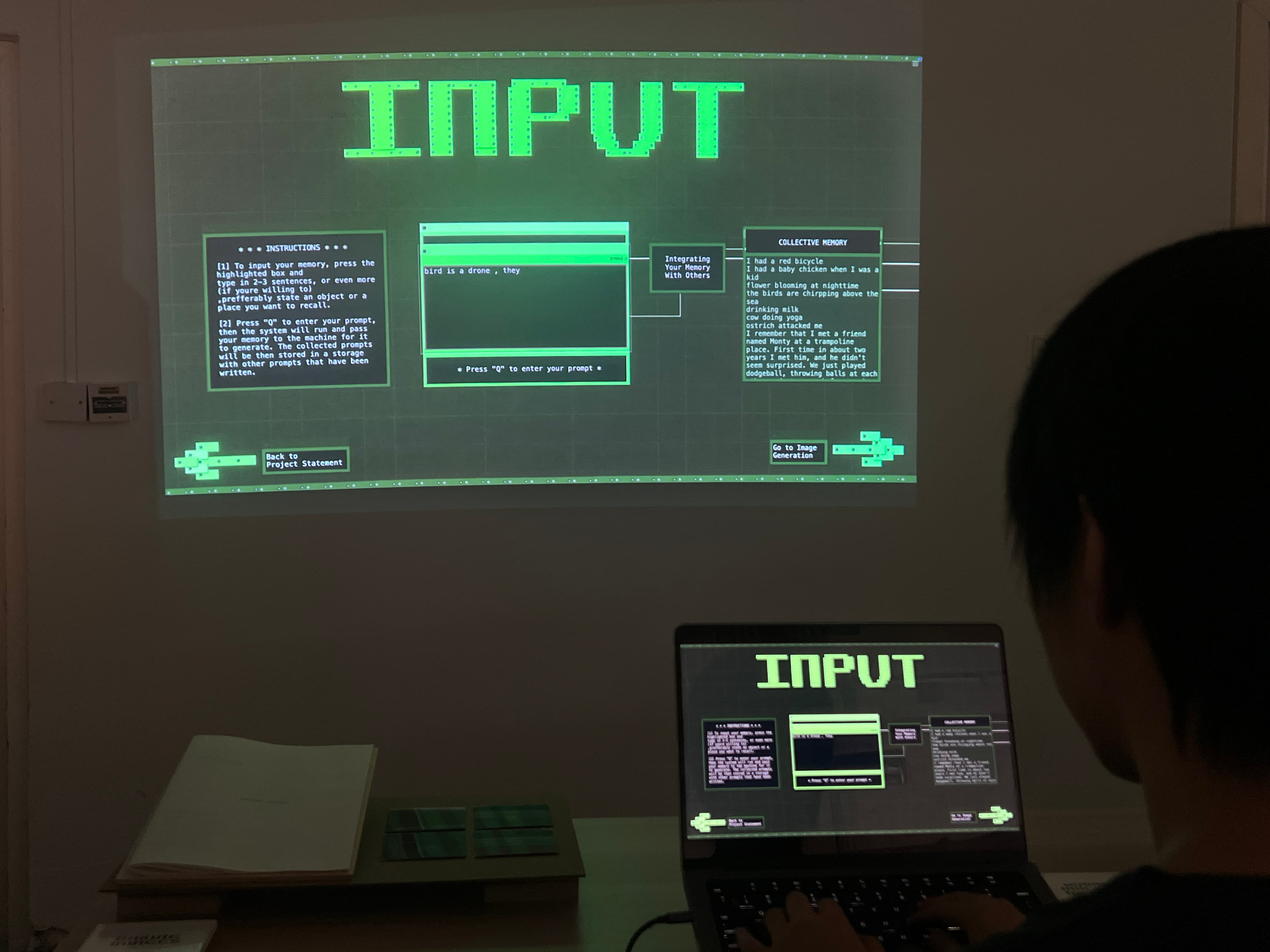
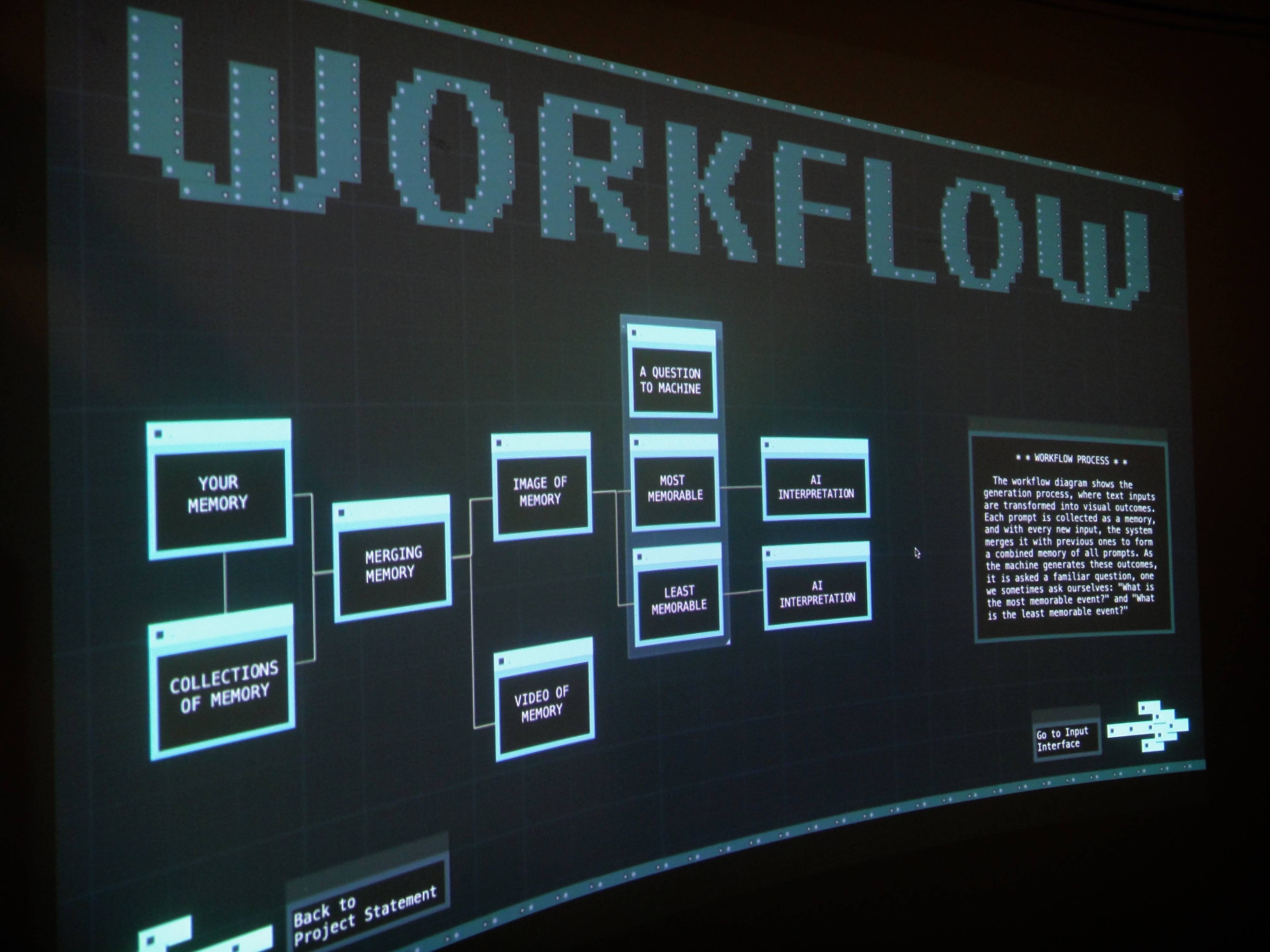
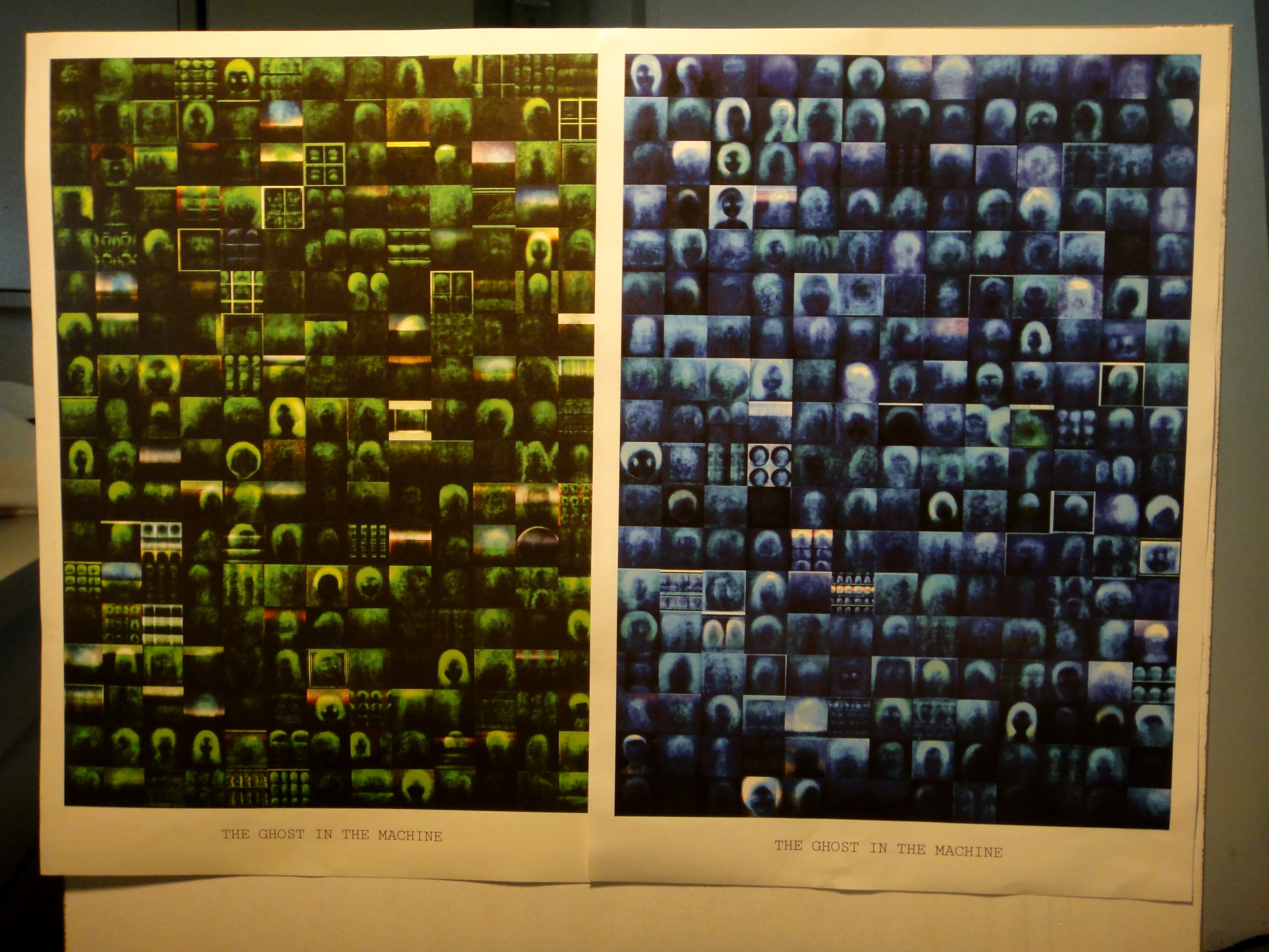
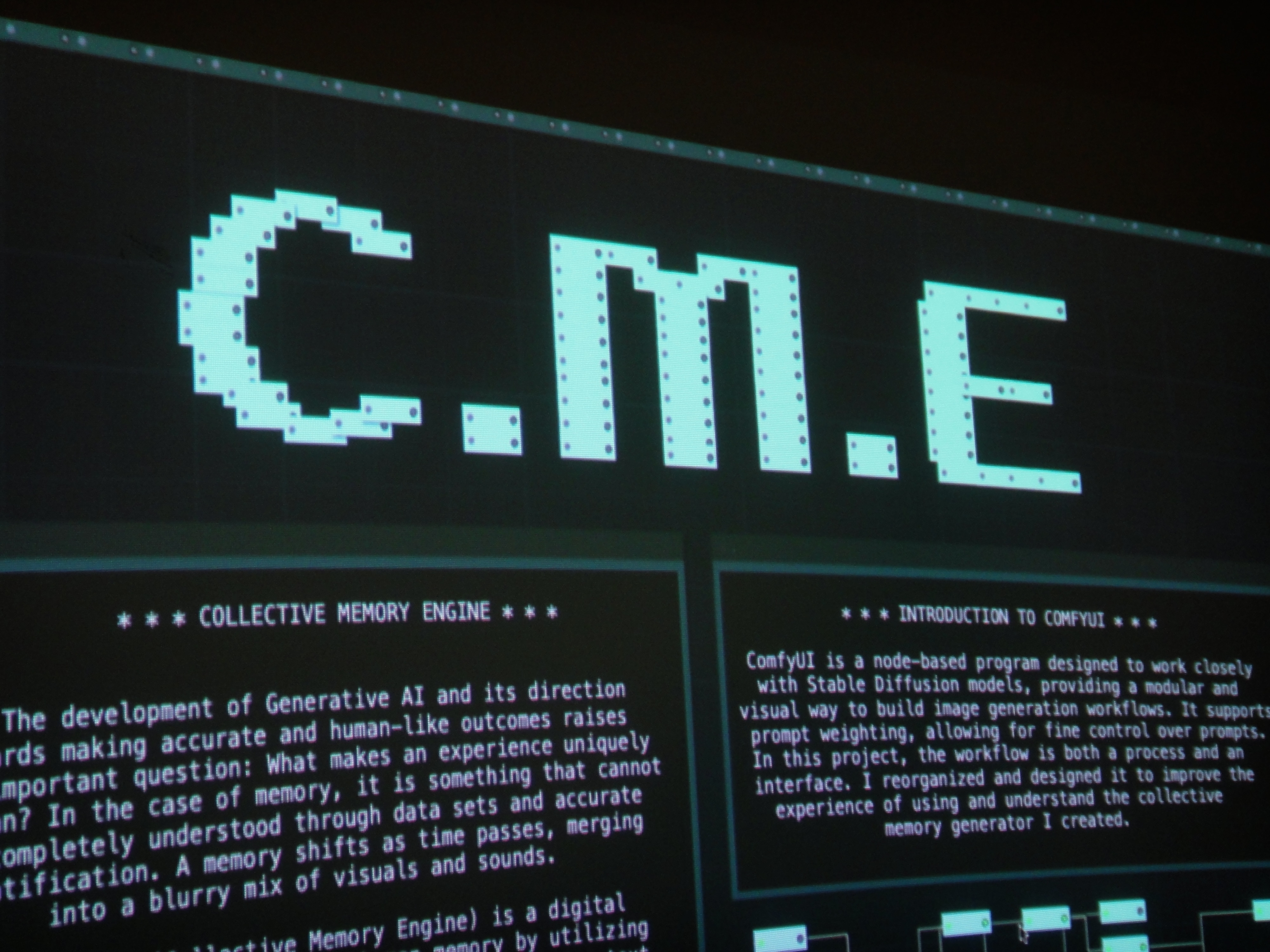
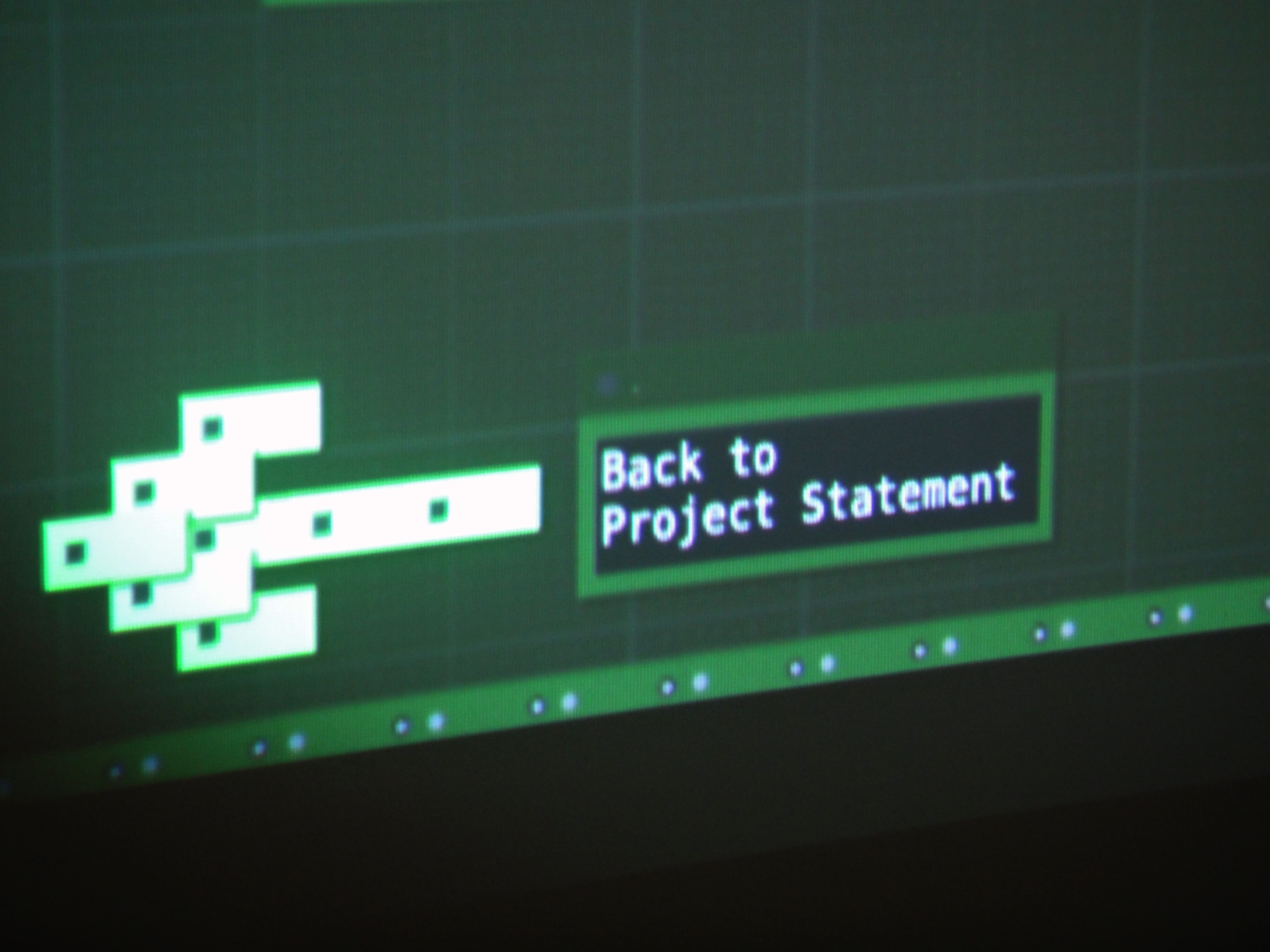
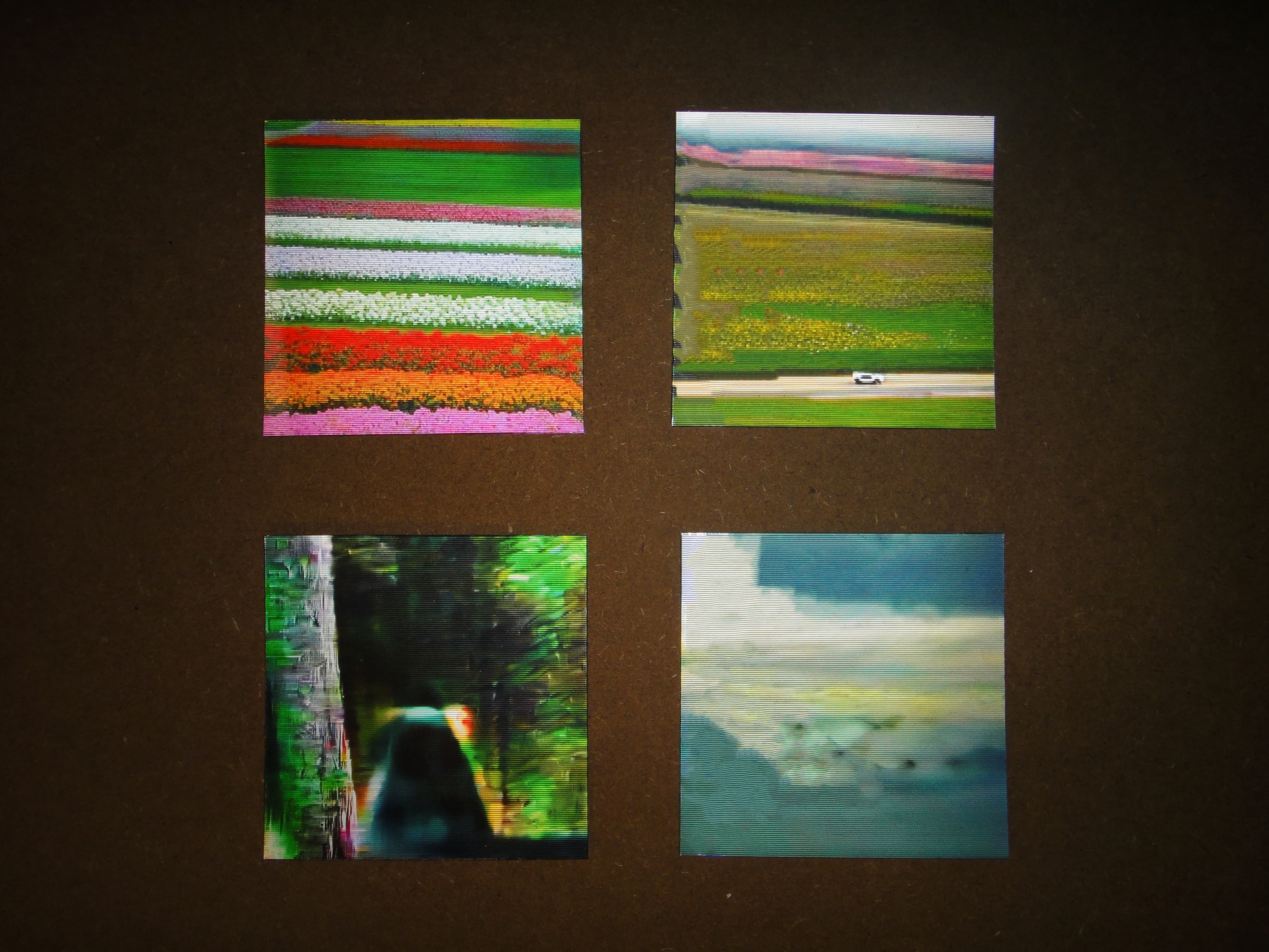
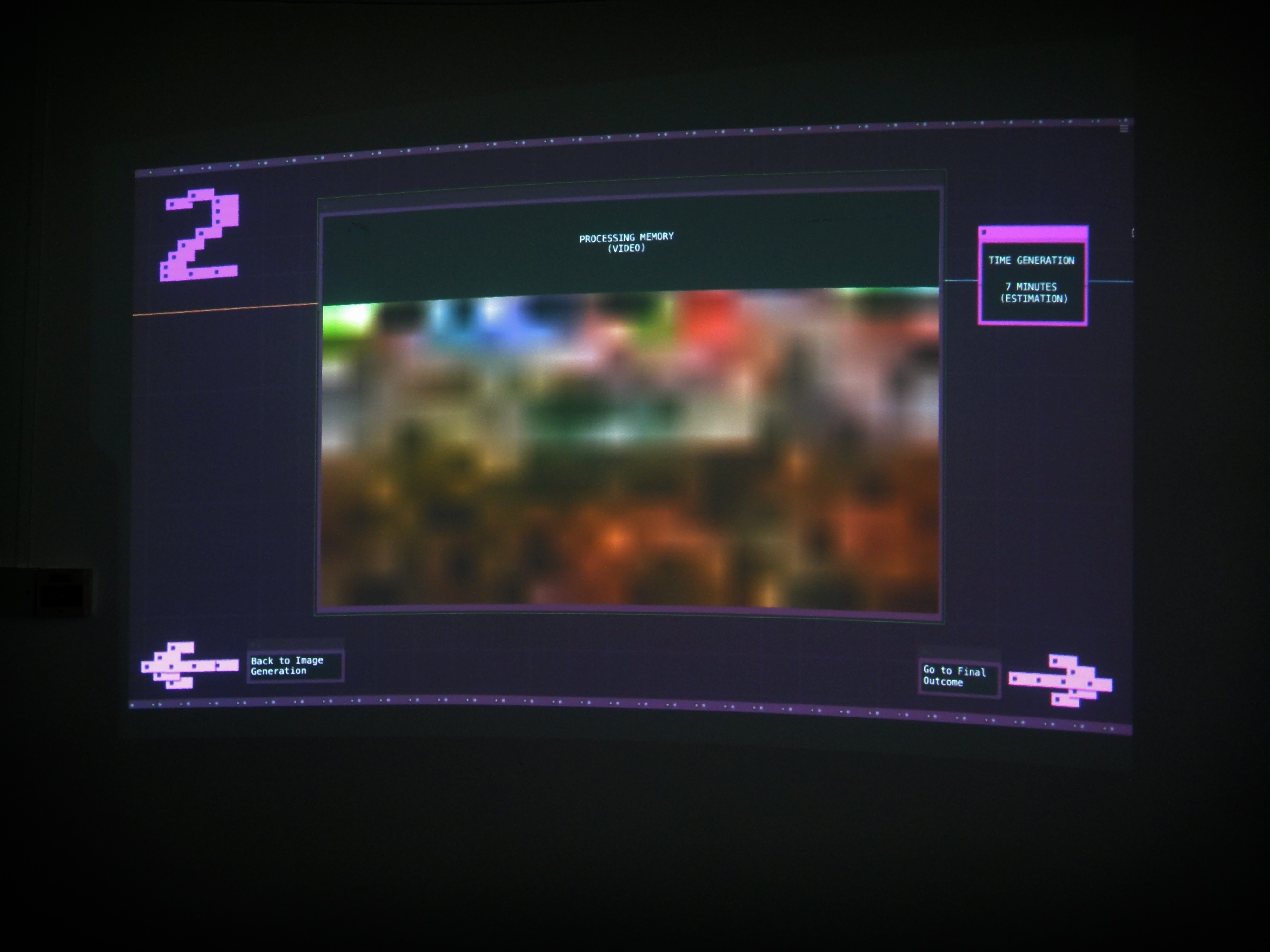
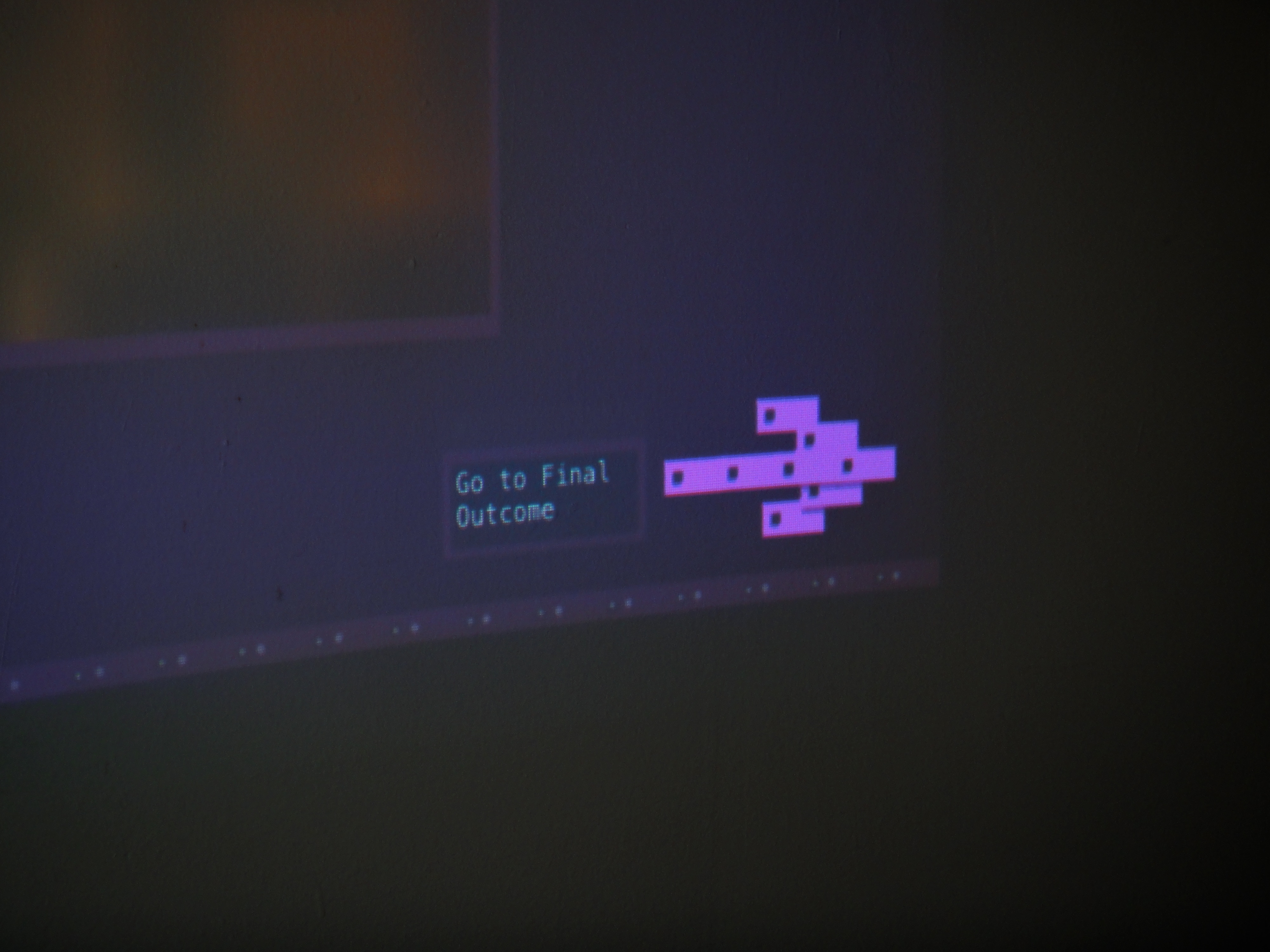
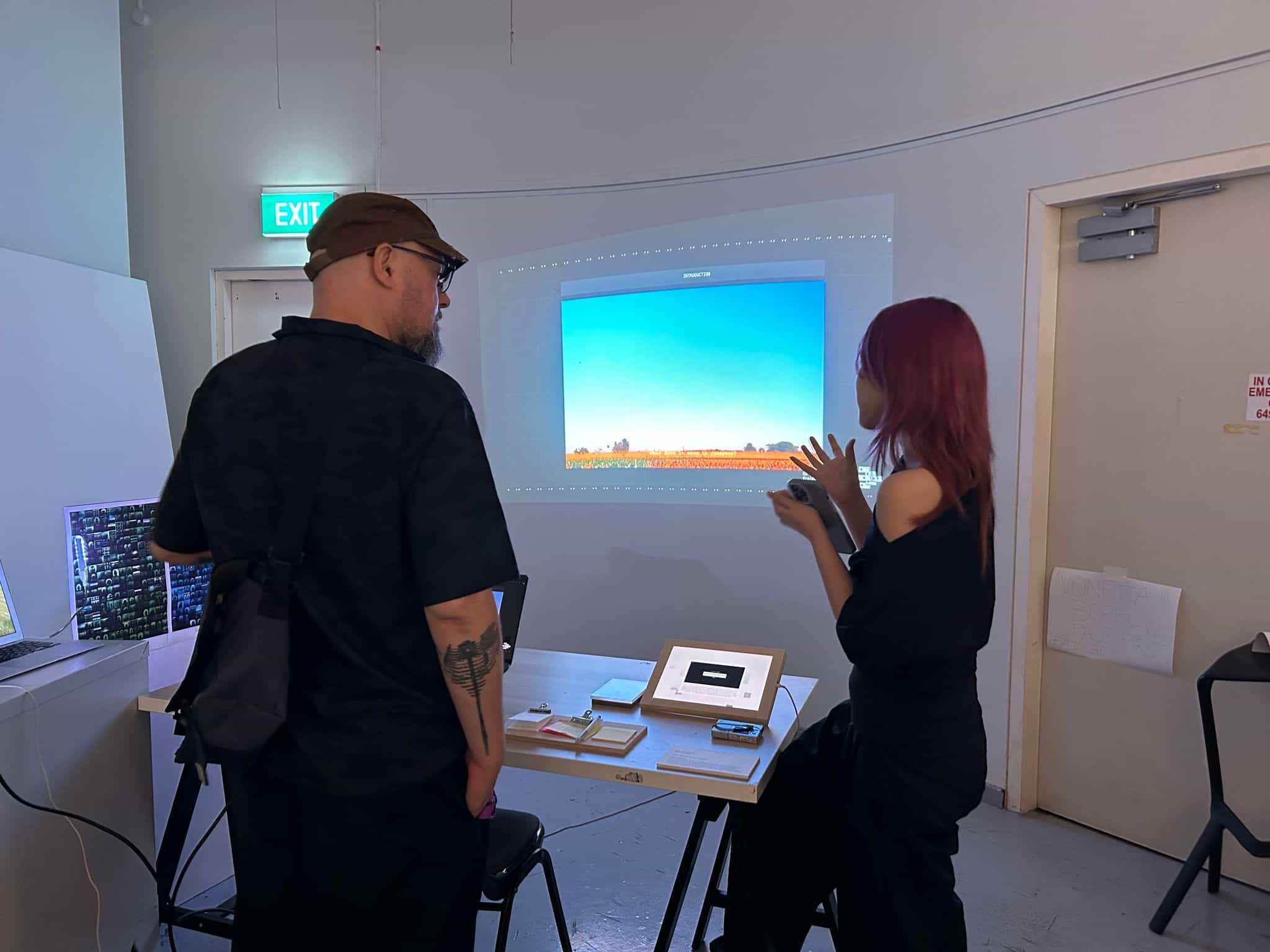
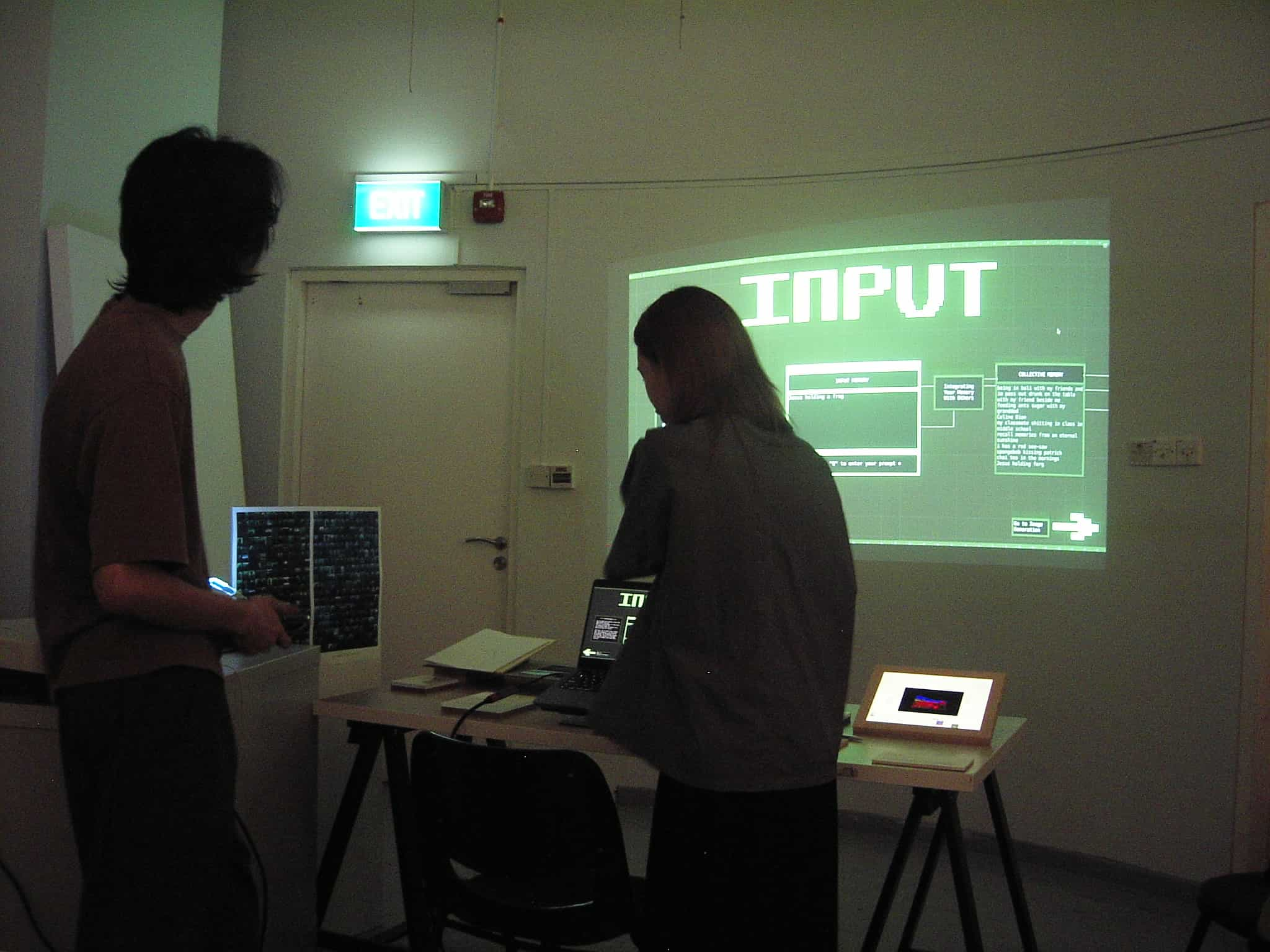
Documentation Pictures
Reflections
The Open Studios experience really helped me learn how to talk about my project more effectively. I’ve always struggled with public speaking and presenting to larger groups, but this experience pushed me to improve.
I started practicing by presenting my project to friends, and they gave me helpful feedback on how to make it clearer. They pointed out that the way I speak tends to circle around the main point, and that I often spend too much time explaining what the program does, rather than focusing on why I chose to use it and what makes it a collective experience.
That feedback helped shift my perspective. During the Open Studios, I made an effort to practice more by engaging in conversations with the visitors who showed interest in my setup. It was definitely a nerve-wracking experience, but at the same time, I’m proud of myself for at least being able to present my project to people who haven't seen my works.